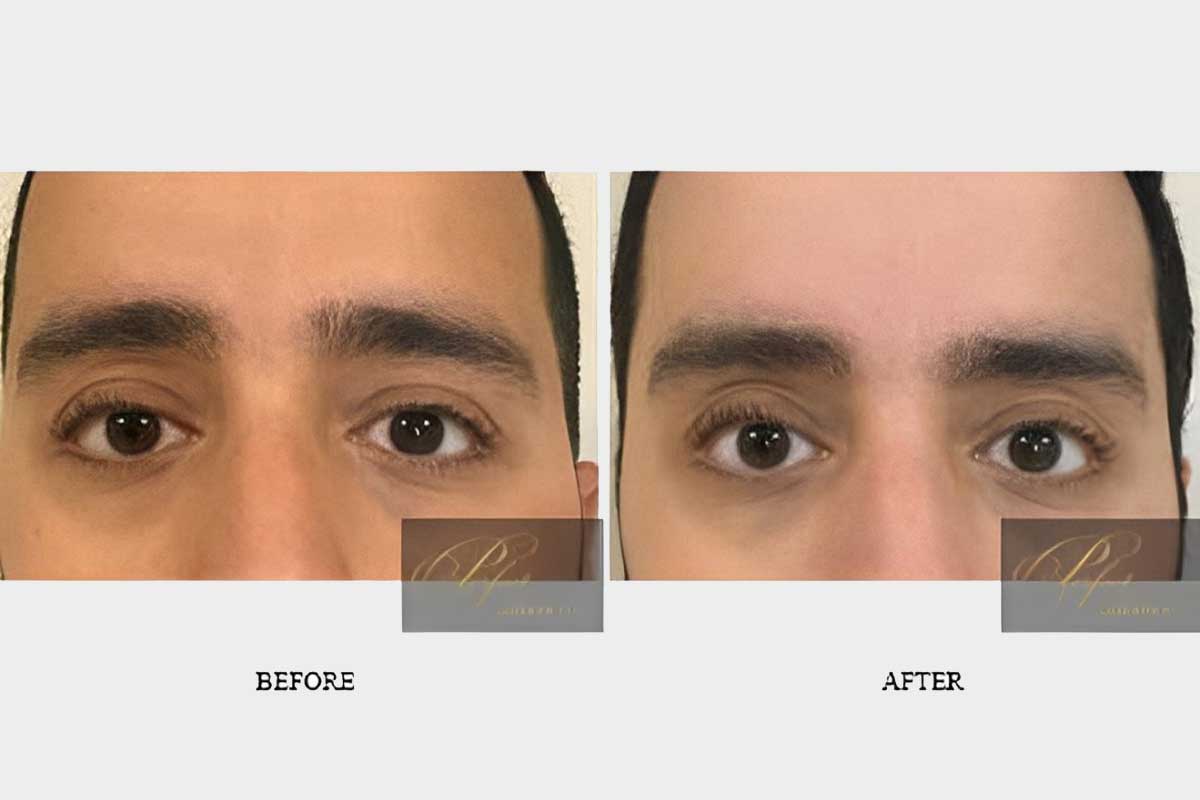
04
Aug
…So, You Have Skin Cancer

If you are coming to our practice, chances are you either live in Florida or spend a significant amount of time here. Skin cancer is not uncommon in our state. In fact, Colorado is number 2 in skin cancer incidence out of all states (right behind Hawaii). It’s a combination of our plentiful sunshine, outdoor lifestyle, and altitude that puts us in this position. Skin cancer is unfortunately common. In fact, current statistics show that 1-out-of-5 Americans will develop skin cancer in their lifetime.
Common subcategories of skin cancers
Basal Cell Carcinoma (BCC) is the most common kind of cancer (out of all cancers). Luckily, it is also the most slow-growing and easily-treated. Typical presentations range from a shiny (pearly), clear, or pink bump; to an open sore; or an irritated patch. These lesions don’t heal (present for at least 6 weeks) and typically grow slowly over time. Sometimes a BCC will bleed. These growths originate in the basal layer of skin cells (cells that line the base of the epidermis in the skin). Commonly, a BCC will appear on chronic sun exposure areas, such as the face, hands, and chest. The overwhelming majority of basal cell carcinomas do not metastasize (I’ve only seen 2 in twenty years). It is, however, important to have them treated, as the larger they grow, the more difficult (and disfiguring) they can be to treat.
Squamous Cell Carcinoma (SCC) is the second most common skin cancer (16%). These cancers originate from squamous cells (keratinocytes) in the most superficial skin layer (epidermis). Like the basal cell, squamous cell cancers tend to occur in chronically sun-exposed areas. Actinic keratoses can be precursors of SCC. Although most SCCs are easily treated and curable, they can be aggressive; a minority of lesions can metastasize (spread) to other areas of the body and impact your long-term health. Patients that are chronically immunosuppressed (organ transplant patients, for instance) tend to be particularly susceptible to developing SCCs. These tumors may occur as a scaly red area that bleeds, a tender or ulcerated nodule, or a thickened crust. Because of their potentially aggressive nature, we typically treat these more aggressively and don’t want you to postpone treatment (within a month of diagnosis).
Melanoma is the most dangerous of the common forms of skin cancer. It comprises just 4% of all diagnosed skin malignancies. Melanoma arises from melanocytes, which are the cells in our skin responsible for melanin (pigment) production. These tumors are often related to intense and intermittent sun exposure, such as tanning beds, or severe burns during a tropical winter vacation. Melanoma is responsible for almost 10,000 U.S. deaths yearly; this is tragic, as it is preventable. If a melanoma is identified and removed early, it has a high chance of being cured. If treatment is delayed, it may spread to lymph nodes and vital organs, and at this point, the disease becomes life-threatening.
Melanomas may originate from an existing mole that is changing or may occur as a completely new lesion. Patients often wonder what signs to look for. Typically, skin experts recommend the following guidelines: The A, B, C, D, and E’s of Melanoma.
A: Stands for Asymmetry, as in one side of the mole doesn’t look like the other. The two sides are not uniform.
B: Border irregularity. Instead of a uniform smooth border, an atypical or cancerous mole will often have a smudged or jagged border.
C: Color Variegation. The color is not uniform throughout the mole. Dark brown, light brown, red, pink, black, and even white areas may be present in a worrisome lesion.
D: Diameter. A diameter of 6 millimeters or greater generally catches our attention. 6mm is the size of a pencil eraser head, for easy reference.
E: The most important component to evaluating your moles …EVOLUTION, or change in a mole. If you notice any of your moles changing, you should get in right away to be seen.
Merkel Cell Carcinoma is a rare but aggressive skin cancer that has a high rate of recurrence and metastasis (spread). It is associated with polyomavirus infection. Merkel cells are located at the base of the epidermis, and the malignancies occur in sun-exposed areas (usually on the head neck, and eyelids). Patients likely to have Merkel cell carcinoma are fair-skinned and over the age of 50. When tumors appear, they are usually painless, red, skin-colored, or purple, and about the size of a dime. Early detection is extremely important for a cure.
What are my treatment options?
There are a number of options for successful treatment of skin cancers. Some of these are not appropriate for all skin cancers, and I am happy to discuss these details with you. Also, your goals for treatment may affect which treatment is the most suited for you.
Surgical Excision
Most skin cancers are successfully treated with this straightforward option. In the case of a Basal Cell or Squamous Cell Carcinoma, a 4mm margin of non-involved skin is added to the margins to ensure adequate clearance. Basal Cell Carcinomas treated in this way have a 95% cure rate, whereas Squamous Cell Carcinomas tend to be a little less at 92%. Melanomas require a larger margin (usually 1-2 cm), depending on the depth of the tumor (described in the pathology report). Patients are sometimes surprised as to the length of their surgical excision. The excision line may be longer, as in order to remove a lesion with a wider margin, the shape needs to be a sinusoidal ellipse for you to have a smooth, more aesthetically appealing outcome. This may be alarming to you at first. Once the healing process is complete, chances are that you will have a beautiful, barely recognizable scar and be pleased with the outcome.
Mohs Micrographic Surgery (MMS)
This technique gets its name from the pioneering surgeon who first described it, Frederic Mohs at the University of Wisconsin. Formal training in Mohs began in the 1980s and currently, it is mainstream treatment. This technique is best suited for Basal Cell, Squamous Cell, Melanoma in situ, Lentigo Maligna, and Merkel Cell Carcinoma. Other rare skin tumors may also be appropriately treated.
MMS allows the surgeon to excise the cancer with a very small (1mm) margin, thereby significantly reducing the size of the surgical defect. The small margin is possible, as the tissue removed is mapped, processed by frozen section, made into slides, and examined by the surgeon microscopically. This process allows the surgeon to identify any residual cancer at the margins of the specimen and strategically return to that particular area to re-excise (using the same technique). Stages and samples continue to be taken until all margins are microscopically clear. Once the margins are clear, options for repair involve allowing it to heal on its own or surgical repair. Because of the large number of Mohs cases that occur on the face, neck, and hands, I will often do a reconstruction flap (plastic surgery) if indicated for a superior result. In some instances, I may work with another specialist to give the absolute best result possible. Mohs surgery is performed while you are awake, but it may require you to be with us (or near our office) for multiple hours on a given day.
Cure rates using MMS for Basal Cell Carcinoma are 98% and for Squamous Cell Carcinomas, 96%. This procedure offers by far, the highest cure rates of any treatment modality. That being said, MMS is not clinically indicated for all tumors in all locations. Current guidelines (and insurance reimbursement) dictate that the tumor is in a cosmetically-sensitive area (e.g. the face, ear, neck), in a functionally important area (hand), of larger size, or recurrent. Please check with us on the specifics of your tumor.
When choosing a Mohs surgeon, it is important to consider a formally fellowship-trained surgeon. Fellowship-trained individuals complete an additional 1-2 years of formalized training concentrating on perfecting the technique and refining reconstructive (plastic surgery) skills. I trained in Mohs surgery at Washington University under Roberta Senglemann, MD, and performed hundreds of Mohs procedures and reconstructions under a high level of scrutiny. I pride myself in my perfectionism and meticulous technique and want everyone to be satisfied. All Mohs Surgeons perform Mohs surgery, but not all of us are professionally trained to a level of excellence with at least a year of focused fellowship training.
Topical Immunotherapy is appropriate for some Basal Cell Carcinoma subtypes, Squamous Cell Carcinoma in situ (Bowen’s Disease) and Melanoma in situ. Topical Imiquimod is used for a number of weeks to destroy these malignancies and can cause significant inflammation and discomfort during the treatment time. This medication penetrates the skin and actually causes the recruitment of immune-fighting mechanisms to migrate to the site of treatment so that your own body treats the malignancy. Cure rates are lower than surgeries but still respectable at 86% and 78% for BCC (nodular and superficial subtypes, respectively), and 73% cure rate for SCC in situ. Cure rates for Melanoma in situ using Imiquimod are less clear.
Electrodesiccation and Curettage involve using a round knife (curette) to scrape the tumor, followed by an electric needle to destroy tissue using burning heat. This procedure is reserved for BCCs and non-invasive SCCs only. It is a simple and quick procedure that has cure rates approaching excisional surgery (depending on the skill of your surgeon). I don’t like this procedure, because it leaves unsightly scars. If you don’t mind the scars, this may be an option for you; it’s reasonable treatment.
Superficial Radiotherapy Treatment, (not to be confused with radiation treatment administered by a Radiation Oncologist), involves directing x-ray beams at a tumor and involves multiple treatments, up to 30 visits. Cure rates vary considerably, as there is no precise control in identifying/destroying residual cancer cells at the margin of the tumor. What’s more worrisome are the long-term cosmetic problems and radiation risks. This is a treatment that may be reasonable for patients in poor health, the elderly, or for those for whom surgery is not a reasonable option. BY NO MEANS should it be offered to you as first-line therapy if you are a healthy 40-75 year-old. Your risk of eventual recurrence (and of a more aggressive tumor) is unacceptably high. Some providers are now doing this in their offices and designating extender staff to deliver treatment. It may be attractive as a “non-invasive treatment”, but sometimes short-term gratification can cost you.
On the other hand, Radiation therapy administered under the care of a Radiation Oncologist (and we have some great ones here in town) is certainly an option for more aggressive/ recurrent tumors, or in patients for whom surgery is inadvisable. I work with these physicians on a regular basis to give you the best care possible.


